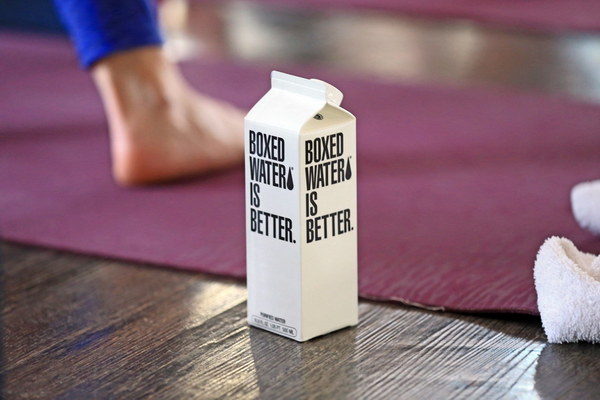Unveiling the Secrets How to Source Resources for Your Health and Wellness Articles
Introduction:
In the vast ocean of information available today, finding reliable and accurate resources for writing health and wellness articles can be a daunting task. Whether you are a seasoned writer or a beginner, sourcing the right information is crucial for creating informative and engaging content. This article will guide you through the process of finding resources to enhance the credibility and depth of your health and wellness articles.
1. Start with Reputable Health Organizations:
The first step in sourcing resources for your articles is to consult reputable health organizations. These institutions are dedicated to providing evidence-based information and are a goldmine for accurate data and statistics. Here are some notable organizations to consider:
a. World Health Organization (WHO)
b. Centers for Disease Control and Prevention (CDC)
c. American Heart Association (AHA)
d. American Diabetes Association (ADA)
2. Explore Scientific Journals and Studies:
Scientific journals and studies are invaluable resources for health and wellness articles. They provide peer-reviewed research and the latest findings in the field. To access these resources, consider the following:
a. PubMed: A free search engine accessing primarily the MEDLINE database, which provides access to references and abstracts on life sciences and biomedical topics.
b. Google Scholar: A search engine that indexes the full text of scholarly literature across many disciplines.
c. JSTOR: A digital library of academic journals, books, and primary sources.
3. Utilize Online Health Websites:
Numerous online health websites offer a wealth of information, ranging from general health advice to specific conditions and treatments. When using these websites, ensure they are reputable and provide accurate information. Some popular options include:
a. Mayo Clinic

b. WebMD
c. Harvard Health Publishing
d. Healthline
4. Consult Expert Opinions:
Seeking expert opinions can provide unique insights and perspectives for your articles. Consider reaching out to healthcare professionals, such as doctors, nutritionists, and fitness experts, to obtain quotes and insights. This approach can add credibility to your content and offer readers a well-rounded perspective.
5. Attend Health Conferences and Webinars:
Health conferences and webinars are excellent opportunities to network with professionals and stay updated on the latest trends in the field. These events often provide valuable insights and resources that can be used in your articles.
6. Follow Health Blogs and Podcasts:
Health blogs and podcasts can be a great source of inspiration and information. Many bloggers and podcasters share their knowledge and experiences, providing a wealth of information on various health and wellness topics.
7. Use Social Media Platforms:
Social media platforms can be a treasure trove of health-related information. Follow health professionals, organizations, and influencers to stay updated on the latest trends and news. Additionally, you can join health-related groups and forums to engage in discussions and gather insights from like-minded individuals.
Conclusion:
Finding resources for your health and wellness articles requires a combination of research, networking, and critical thinking. By utilizing reputable health organizations, scientific journals, online resources, expert opinions, and social media platforms, you can create well-informed, engaging, and credible content that resonates with your audience. Remember, the key is to stay informed and adapt to the ever-evolving landscape of health and wellness.









